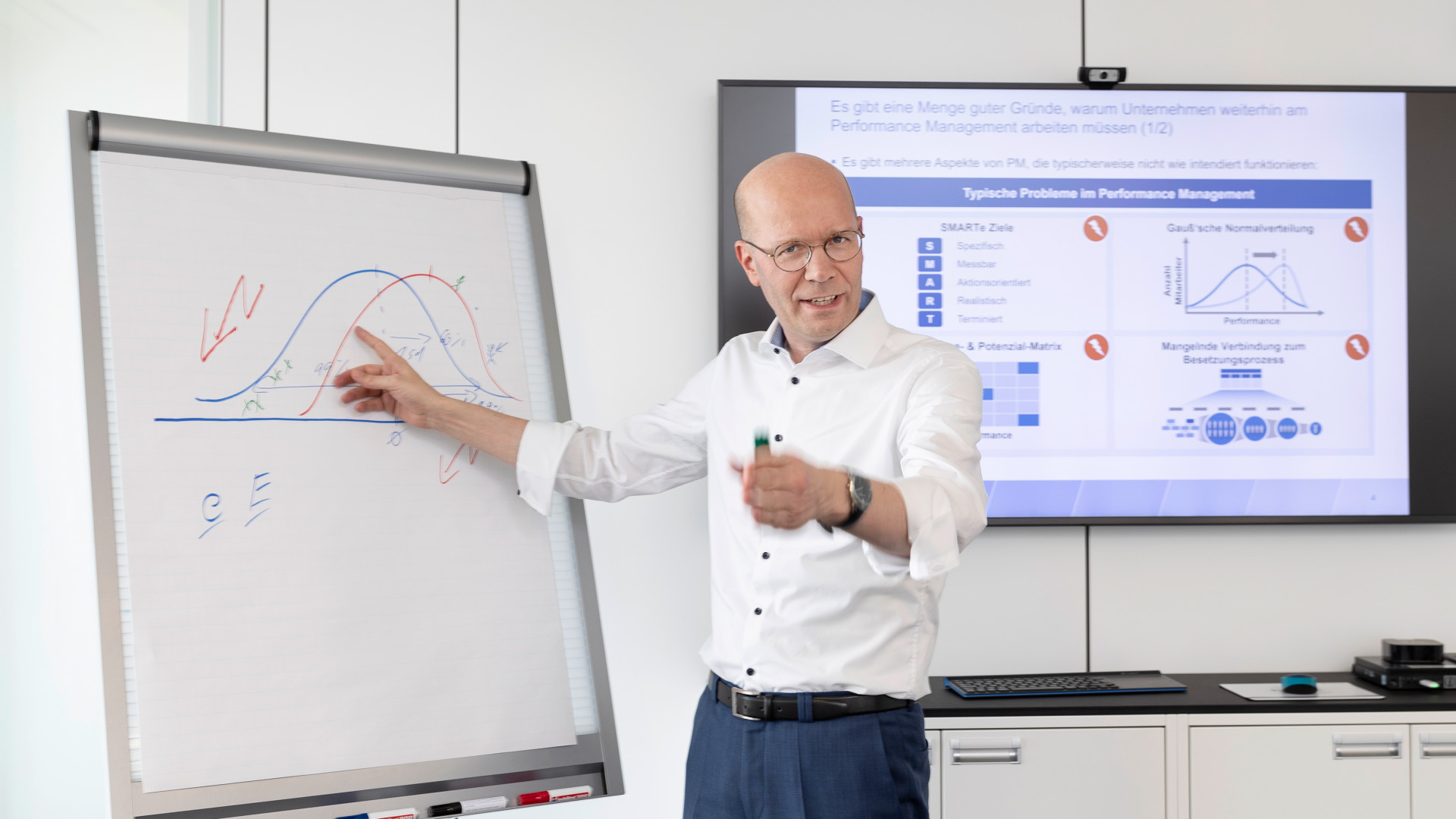
From Frank Gierschmann
Frank Gierschmann advises large and medium sized global corporations in all aspects of talent and performance management. He joined hkp/// group in 2013.
He began his career in executive development at the corporate headquarter of the world’s largest global logistics provider. Throughout 11 years, he held different expert and leadership roles in the area of executive and personnel development. Most recently he assumed the role as Vice President Corporate Executives Staffing. In 2011, he moved to Switzerland, taking the group-wide responsibility as global head of talent management at a listed global logistics group. Among others the scope of his role included the worldwide leadership programs for the top executives as well as the identification and development of high potentials.
Frank Gierschmann is an industrial psychologist (RWTH Aachen), supplemented by an MBA in General Management. He is author of various publications on issues of talent and performance management and in this area of expertise he is active as a speaker and visiting lecturer at various institutions.
Frank Gierschmann advises large and medium sized global corporations in all aspects of talent and performance management. He joined hkp/// group in 2013.
He began his career in executive development at the corporate headquarter of the world’s largest global logistics provider. Throughout 11 years, he held different expert and leadership roles in the area of executive and personnel development. Most recently he assumed the role as Vice President Corporate Executives Staffing. In 2011, he moved to Switzerland, taking the group-wide responsibility as global head of talent management at a listed global logistics group. Among others the scope of his role included the worldwide leadership programs for the top executives as well as the identification and development of high potentials.
Frank Gierschmann is an industrial psychologist (RWTH Aachen), supplemented by an MBA in General Management. He is author of various publications on issues of talent and performance management and in this area of expertise he is active as a speaker and visiting lecturer at various institutions.


By presenting a concrete case study hkp/// group expert Frank Gierschmann shows an example for designing and implementing a global performance management process.
From Frank Gierschmann
